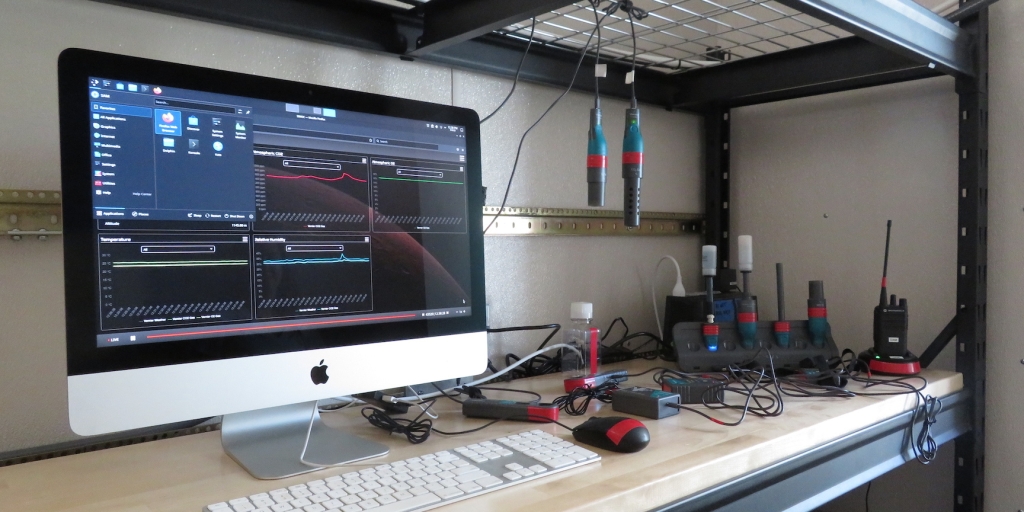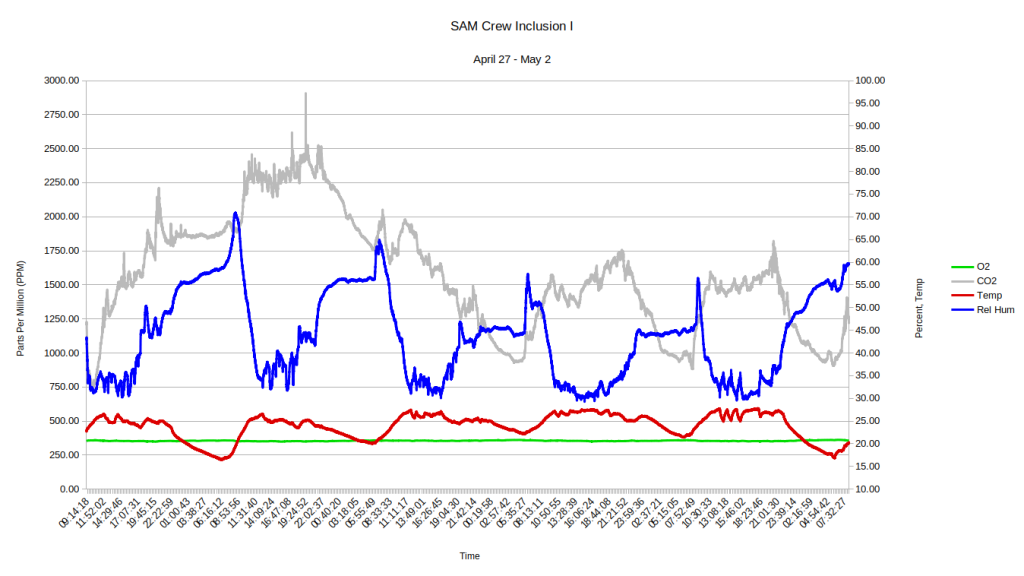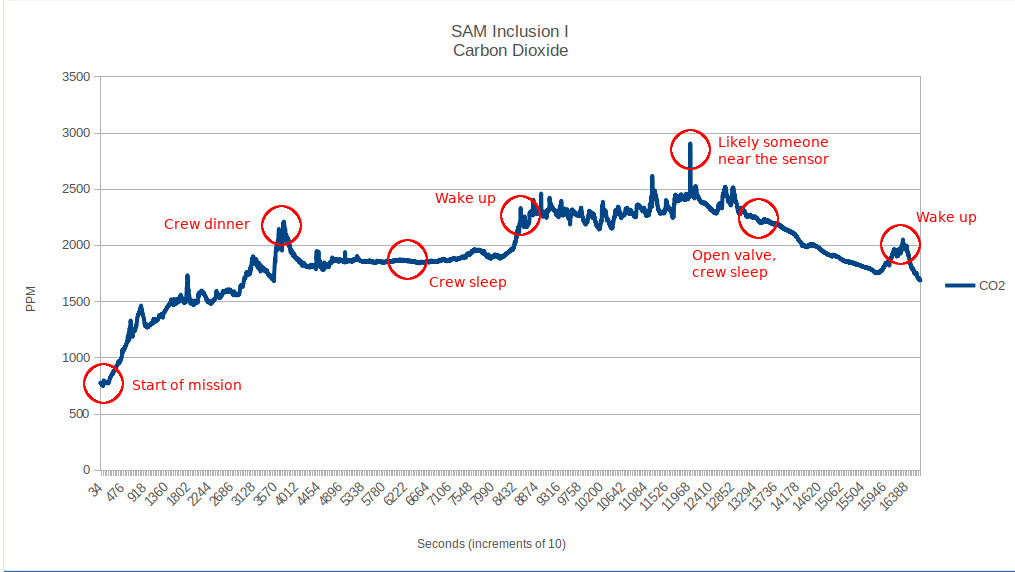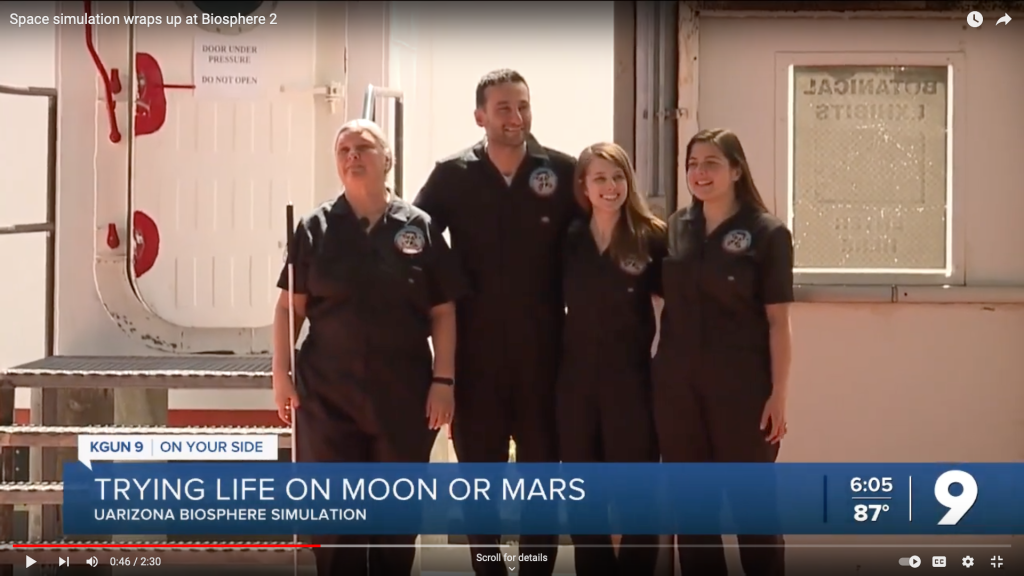Crew Inclusion II – CapCom report Day 4
Each morning and evening CapCom lead Brenda Trinidad supplies the crew members (via email) a set of questions in a standardized document (Word, LibreOffice). The crew take time to reflect on the questions asked, and deliver their responses to CapCom and Mission Support (Ground Control). In the official mission-end debrief we will reflect upon the daily summaries and how the Mission Support, CapCom, and the crew can improve future missions, as well as how the facility itself can be improved, especially in these early missions.
The following are extracted from open email exchanges to CapCom (not from the personal, daily reflections) for Saturday, May 13, 2023.
“Good Morning Bindhu, Sahda, Andy, and Keridwen, Welcome to Day 4!
We are past the halfway point of the Mission! Attached are the Daily Mission Report templates for today, note there are two new questions in the Personal Reflections Section of the reports addressing this moment in the mission. Please be advised that this evening’s CAPCOM WIndow will be 7:00P to 11:00P, 4 hours, to account for dinner and evening EVAs. I will send you an email announcing the opening of the window.
 Keeping in the spirit of National Holidays, today one Earth we celebrate National Frog Jumping Day! In 1865, Mark Twain published his first short story, Jim Smiley and His Jumping Frog. Later, he changed the name and published it as The Celebrated Jumping Frog of Calaveras County. This same story also had a third title, The Notorious Jumping Frog of Calaveras County. Of all the frog jumping contests that take place across the country, the most well-known might be the Calaveras County Frog Jumping Contest if for no other reason than Mark Twain wrote a story about it.
Keeping in the spirit of National Holidays, today one Earth we celebrate National Frog Jumping Day! In 1865, Mark Twain published his first short story, Jim Smiley and His Jumping Frog. Later, he changed the name and published it as The Celebrated Jumping Frog of Calaveras County. This same story also had a third title, The Notorious Jumping Frog of Calaveras County. Of all the frog jumping contests that take place across the country, the most well-known might be the Calaveras County Frog Jumping Contest if for no other reason than Mark Twain wrote a story about it.
The current frog jumping record was set in 1986 by Rosie the Ribeter, who jumped 21 feet, 5-3/4 inches. (How high/far could a Martian frog jump?)
Hopefully you are not ‘leaping’ from task to task as much, settling into a comfortable routine” –Brenda Trinidad, CAPCOM out
“Good evening!! Successful day today. Completed two more EVAs early morning. Everyone continued in their research projects through the late afternoon. Now, we continue to enjoy a splendid evening here at SAM. Had an incredible Italian soup prepared by Keridwen. Andy plays the guitar (we had him play Space Oddity three times), as the rest of us sit around doing our reports. 🙂 The smell of apple crumble fills the air.” –Bindhu
“Please find my report for today. I’m currently printing the rest of the hexagonal chess set. They look so cool. Thanks again! We postponed Bindhu’s surgical tool printing for tomorrow. Just to let you know in advance, we will need a surgical needle holder, a scalpel (with blade) and a map of the Jezero crater.” –Sahda
“Andy, this is so beautiful, your song, your voice… this soothed my soul after a rather hectic day.” –Brenda, CapCom
“Thank you Bindhu, Sahda, Keridwen, and Andy for today’s reports. Given the previously submitted suggestions for streamlining the Daily Reports, I want to take a moment to thank you not only for today, but for each day taking time to complete this report. I am especially touched with what each of you shared today, a definite shift in comfort level it seems.
We did not get a chance to talk about an intended purpose for these reports for a variety of reasons … thank you for your trust in the process. As with everything with these two Missions, this part of Mission Control is still a work in progress. As one interested in developing communication and research tools that tap into the human factors side as well as the ethnographic/ emerging analog astronaut cultural aspects of simulated missions, these daily reports help tremendously towards creating both standardized and flexible reports that can meet a multitude of needs.
Tomorrow’s daily report will be a bit different in light of your last full day being on Mars. I will explain more in the morning email. I am so motivated and proud to be part of your experience so far. Enjoy the rest of your evening, I can almost smell the apple crumble from here.” –Brenda Trinidad, CAPCOM out


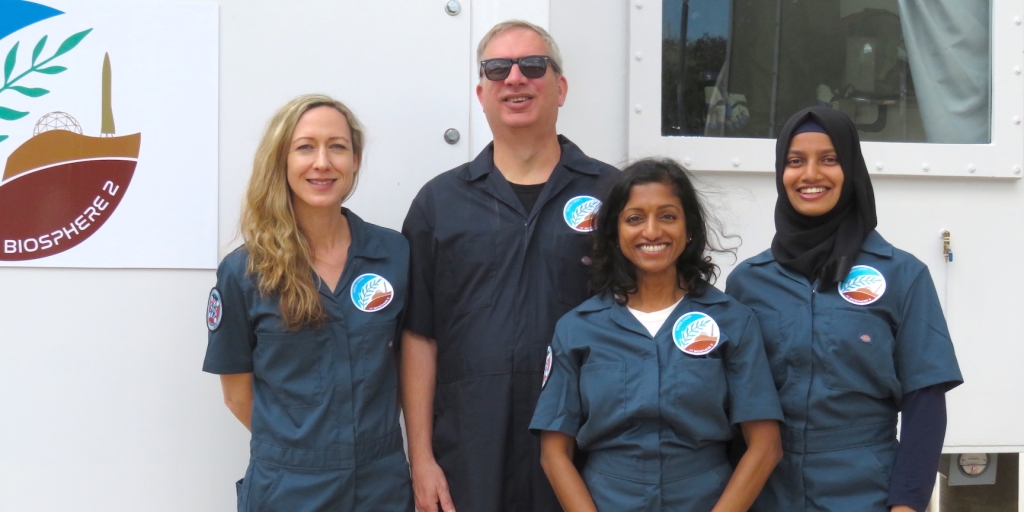
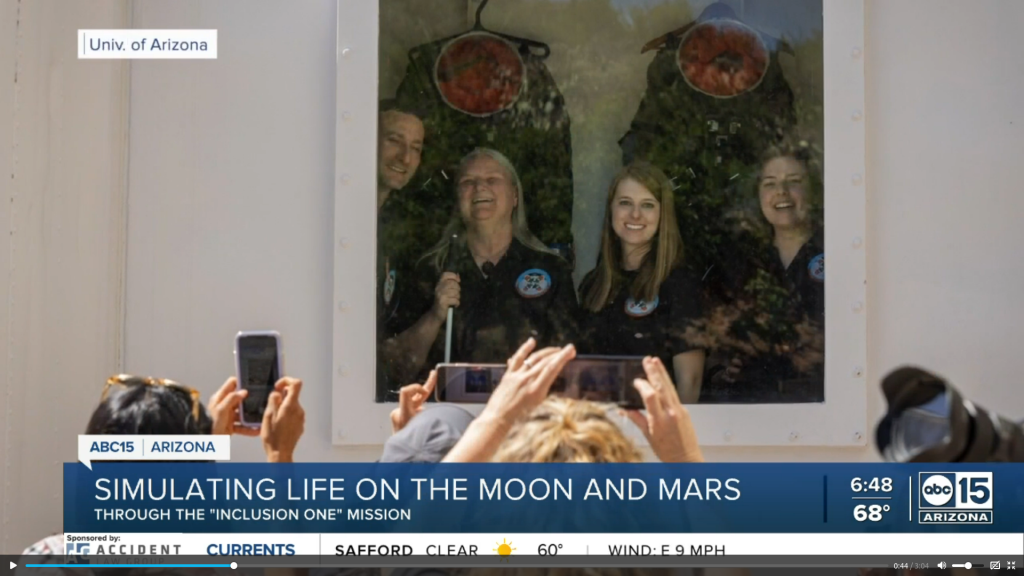
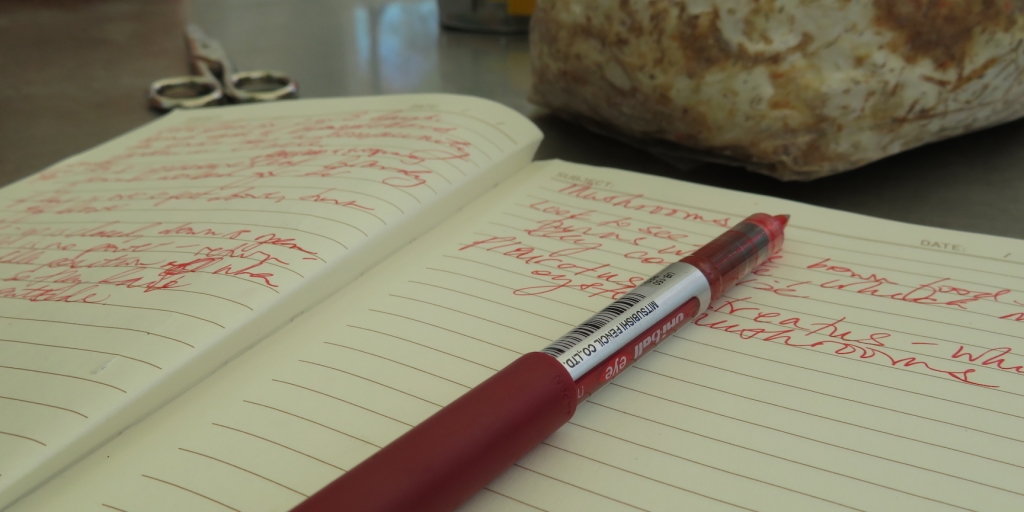
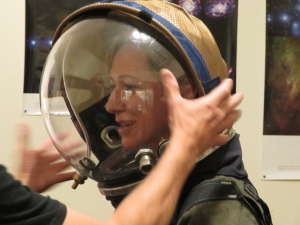 As with the first crew to enter SAM, Inclusion II underwent an extensive training in the function and operation of SAM prior to entry. Given the feedback and experience of training the first crew, the training time was expanded to a four-hours introduction to using air quality sensors and monitors, capturing the storing data, followed by a brief course in the donning and doffing of a pressure suit prior to the actual EVAs. The second full day (today) saw the crew training in:
As with the first crew to enter SAM, Inclusion II underwent an extensive training in the function and operation of SAM prior to entry. Given the feedback and experience of training the first crew, the training time was expanded to a four-hours introduction to using air quality sensors and monitors, capturing the storing data, followed by a brief course in the donning and doffing of a pressure suit prior to the actual EVAs. The second full day (today) saw the crew training in: